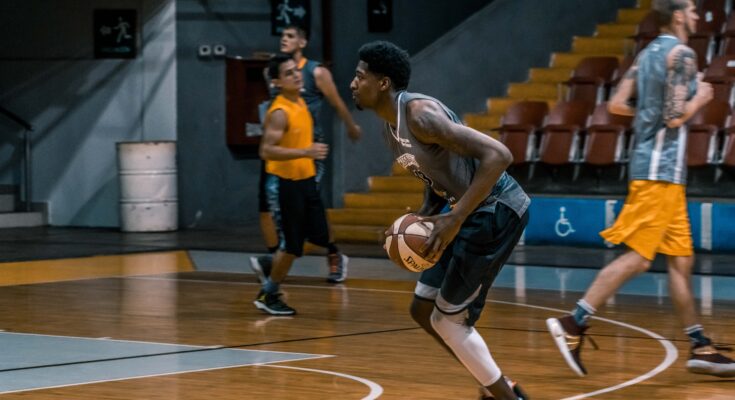Avoid Common Injuries in Basketball
The basketball season can be spent training as hard as you like, but all it takes is one injury to prevent you from playing the sport you love. Learning the right way to avoid injury. It is as crucial for basketball as perfecting your free throws.
Basketball is one of the sports where injuries happen rather frequently. Ankle sprains, foot fractures, shoulder overuse injuries, tendonitis, knee problems, and more are all typical basketball injuries. Here are a few methods for preventing injuries that can help you play basketball with less risk of harm.
Warm up yourself properly: avoid injuries
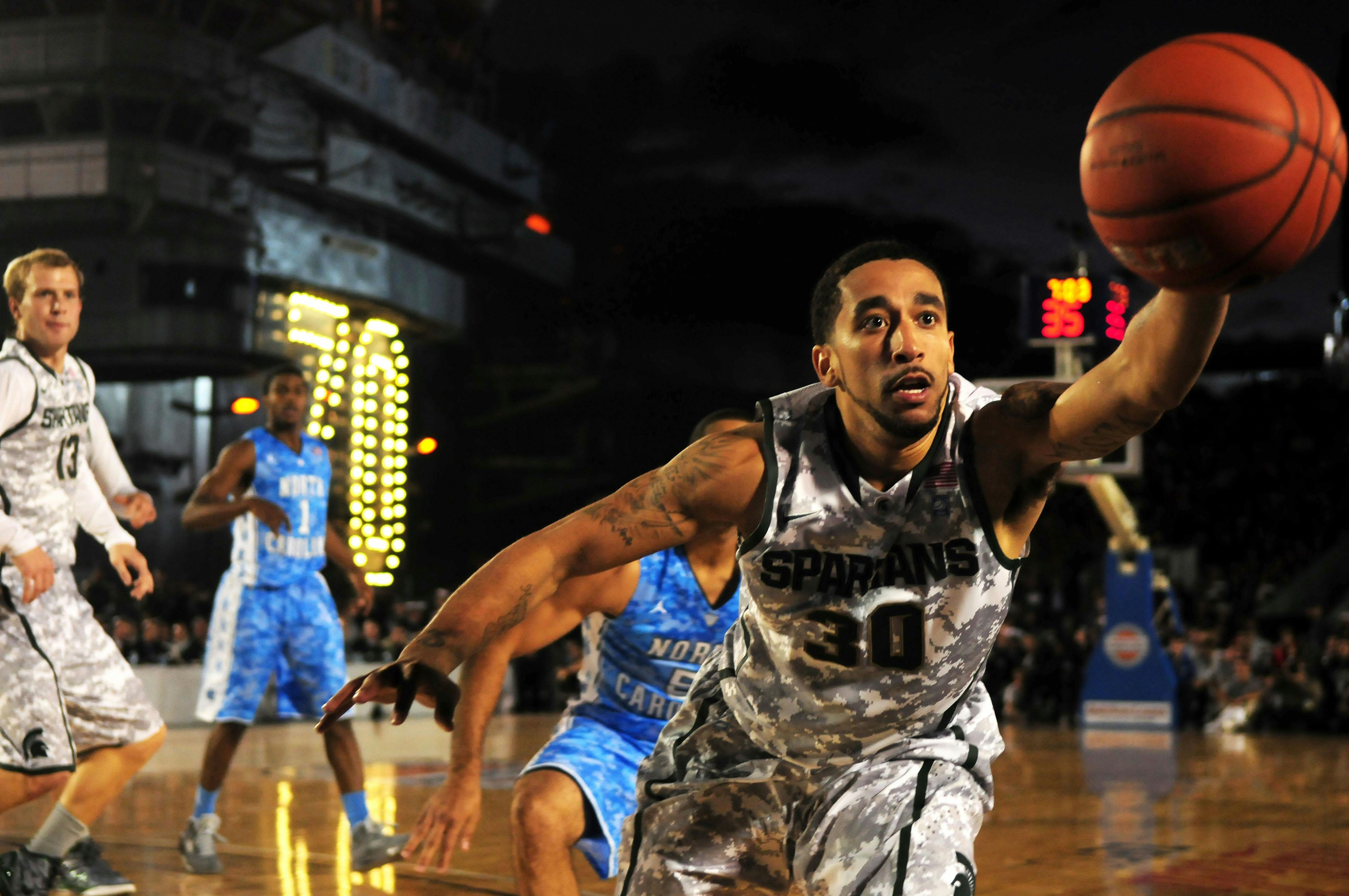
Image via Pexels.com
A warm-up must be a crucial element of your pre-game routine, despite the fact that you might desire to start the game or practice right away.
Give your warm-up at least 5 to 10 minutes before you begin playing. Prepare your body for action by going for a short jog, performing some gentle dynamic stretches, or doing anything else. Consider this during your warm-up session if you are recuperating from an injury or know you are vulnerable to a certain kind of harm.
Right footwear: avoid injuries
Sports-specific footwear is essential for avoiding injuries. Basketball shoes must be incredibly supportive, shock-absorbing, and long-lasting. It’s time to buy a new pair of shoes as soon as possible if your current ones are beginning to deteriorate and become unsupportive.
The most frequent cause of ankle sprains is colliding with another player’s foot. The ankle usually curves inward. It’s common to feel pain around the bony prominence on the outside of your ankle. You could have bruising or edema. Your ankle can seem shaky.
An abrupt stop or direction shift might injure the knee. They can occur whether or not another player makes touch with you. After an injury, your knee could feel unstable and if it gave out or popped.
One tiny area of the knee may be painful, or the entire knee may be. It may feel like there is pressure behind the kneecap or in the joint itself when there is swelling. Swelling might or might not be apparent.
Strength and conditioning
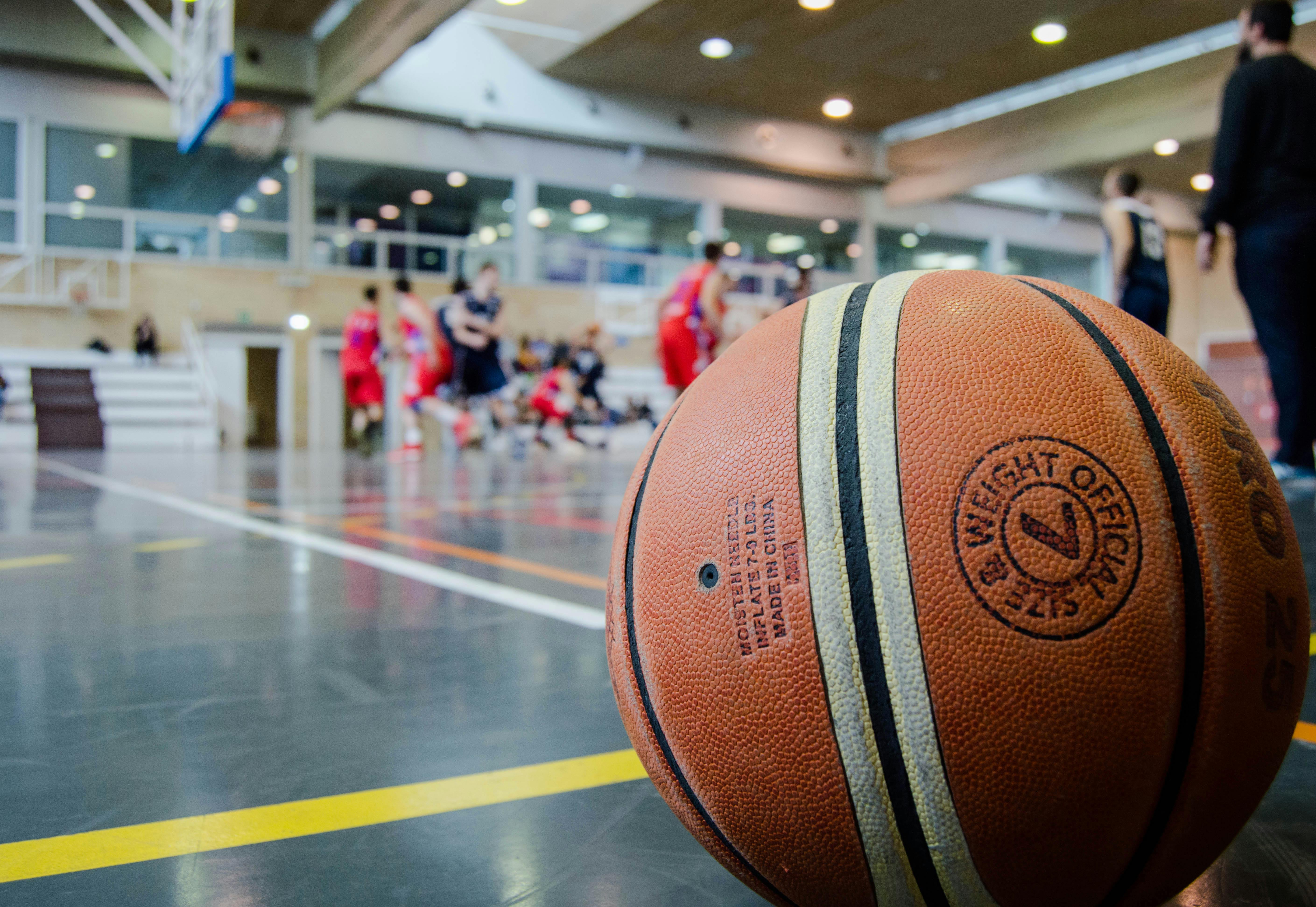
Image via Pexels.com
Preventing injuries requires both muscular and flexibility development. The suppleness of the connective tissue surrounding and linking the muscle fibers will increase as a result of a strength and conditioning program, which will also assist stabilize and strengthen your muscles while lowering the risk of injury. These workouts will not only help you stay injury-free, but they will also help you become a better, stronger, and more complete basketball player.
Pay attention to technique: avoid injuries
Basketball is a fast-paced game with many quick movements, direction changes, and micromovements that can injure even the most fit player. Basketball injuries are common and often result from poor technique.
In this sport, repetition is the key to success, so make sure you are consistently employing excellent technique when practicing your shooting, dribbling, and other drills. If you see yourself becoming careless, you probably overexerted yourself. At this point, it’s crucial to take a rest so you can return to the game with your all and use good technique.
Listen to your body
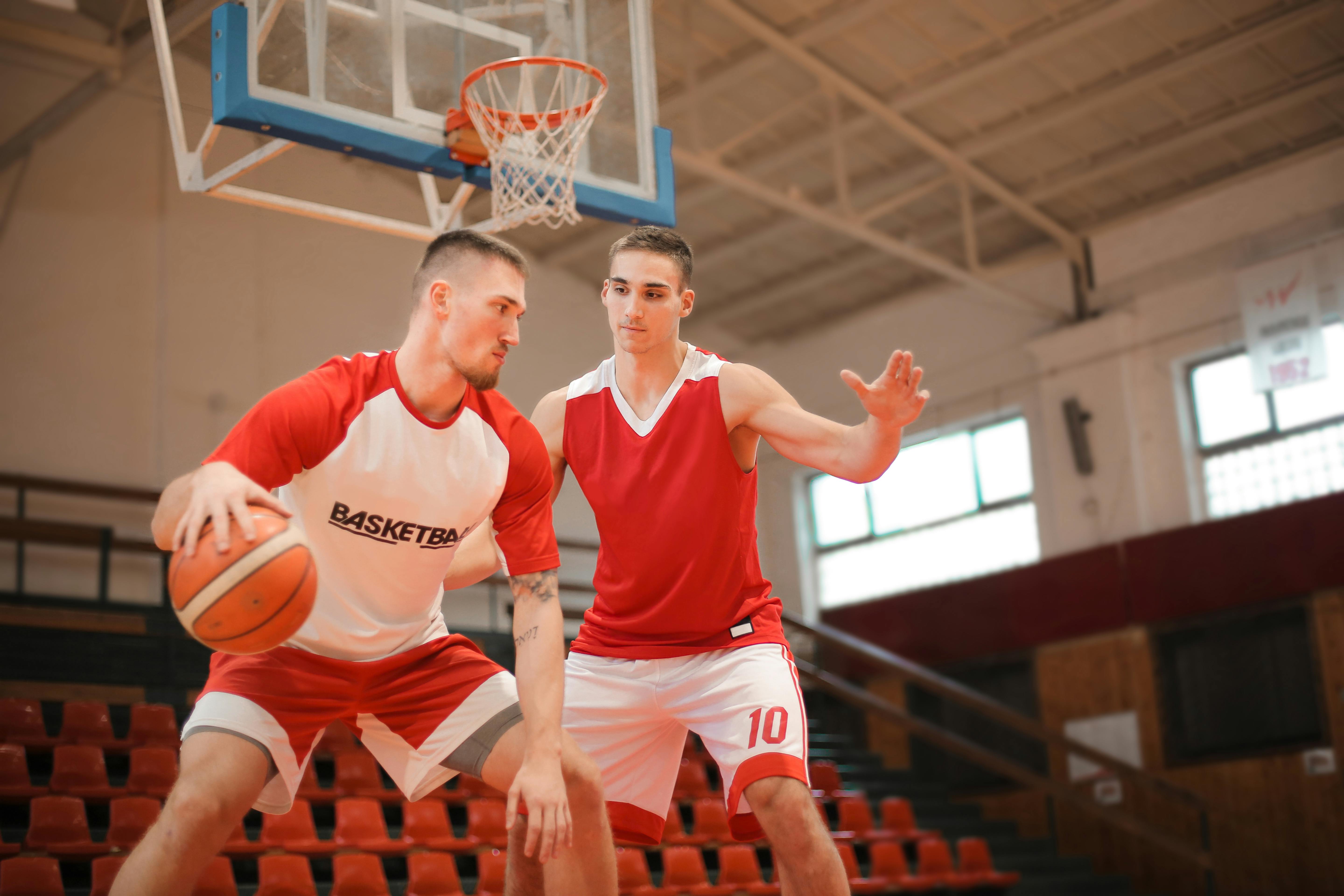
Image via Pexels.com
A great way to avoid getting hurt when playing basketball is to pay attention to your body. Having a little discomfort? When you toss the ball or pivot, does something seem off? Feeling really worn out?
These are all indications that you need to take a break and slow down. While you might choose to ignore any of the aforementioned feelings and continue playing, doing so will most certainly aggravate an injury and make it worse. Since you won’t be aggravating your injury, taking care of your body right away will allow you to reduce the overall amount of time you need to sit out.
It is possible to have a concussion without losing consciousness or being “knocked out.” Your youngster or teen has to cease playing immediately away if they think they may have suffered a concussion.
Prepare for injuries: avoid injuries
No matter how well you may have protected yourself or prepared, accidents will inevitably happen. Everyone should be ready for them, coaches in particular.
Anyone dealing with the injuries needs to be familiar with basic first aid procedures for minor wounds like facial cuts, bruises, or mild strains and sprains as well as be ready for serious injuries including concussions, dislocations, contusions, sprains, abrasions, and fractures.
When a player is hurt, they should wait until all symptoms have subsided, including any pain or swelling they may have experienced, before returning to play. In order to return safely, they must also regain their complete range of motion and regular strength.
Proper equipment
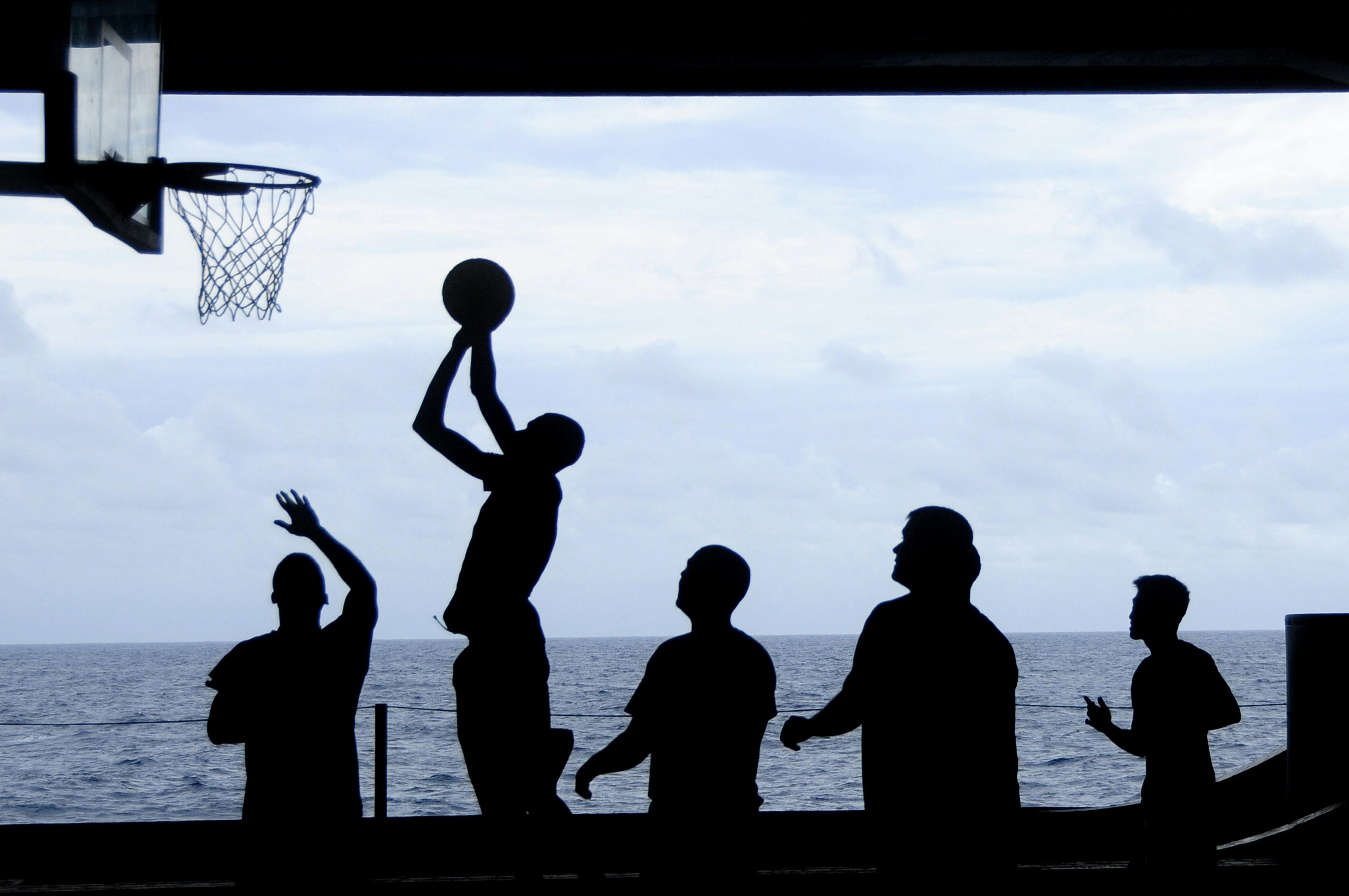
Image via Pexels.com
It’s crucial to wear the necessary protective gear, such as properly fitted shoes, ankle supports, knee and elbow pads, mouth guards, and other items, to prevent injuries. By using the proper tools, you can prevent more serious injuries from occurring and lessen the number of bruises and sprains you could sustain otherwise.
Feet injuries: avoid injuries
Inverting the ankle joint jarringly causes the classic lateral ankle sprain. A abrupt change in direction, tripping over an opponent’s foot, or awkward landings are the main causes of lateral ankle sprains.
The anterior talofibular ligament (ATFL), calcaneofibular ligament (CFL), and/or posterior talofibular ligament (PTFL) are the lateral ankle ligaments that are most frequently injured in lateral ankle sprains. Similar to how muscular strains are rated on a scale of I to III, ligamentous sprains are rated on a scale of I to III, with Grade I sprains being mild and Grade III sprains being severe.
Knee deep injuries

Image via Pexels.com
Despite being one of the four major ligaments that stabilize the knee joint, the anterior cruciate ligament (ACL) is the one that receives the most attention in the sporting world. Basketball players that frequently change direction quickly, pivot, cut, or jump may sustain an ACL damage.
A thorough strength and conditioning program and a sufficient warm-up routine performed by athletes before dynamic activity can help athletes lower their risk of ACL damage.

